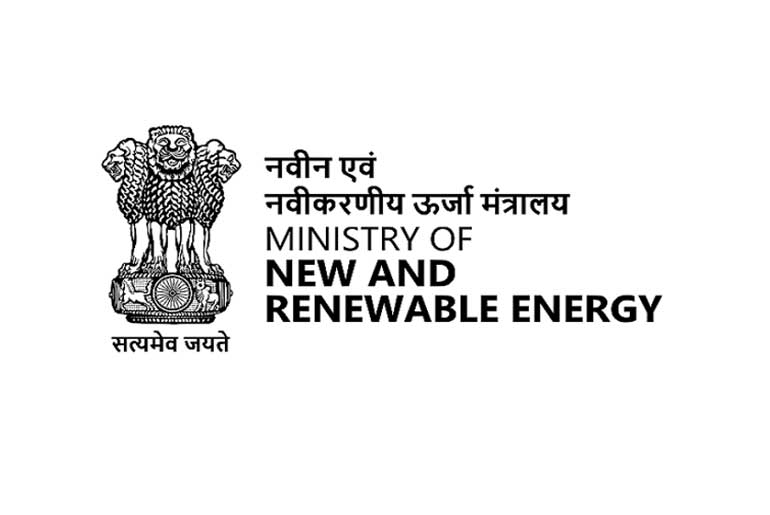The Ministry of New & Renewable Energy has issued updated guidelines to assist laboratories and manufacturers in forming product series for the approval of SPV (Solar Photovoltaic) module families. These guidelines are designed to account for changes in design, materials, and other relevant factors during performance testing.
Effective immediately, these revised series guidelines are to be followed by all test laboratories conducting performance tests on SPV modules for compulsory registration with the Bureau of Indian Standards (BIS), in accordance with the Solar Systems, Devices and Components Goods (Quality Control) Order, 2025.
These guidelines aim to streamline the testing and approval process, ensure consistent product quality, and support the smooth implementation of the Quality Control Order, 2025.
However, in the case of SPV Modules of capacities ranging from 0.2 to 20W used in solar luminaries applications, it has been decided that Modules of capacities up to 5W used for solar lantern applications will be tested as per IS 16476(Part I) and for testing modules in the range 5-20W appropriate standard will be brought out by BIS. This item will be included in the revised Quality Control Order for notification. Till such time SPV Modules of capacities ranging from 0.2 to 20 W used in solar luminaries are excluded in the series guidelines for BIS registration. The following series guidelines will now be followed for conducting tests on SPV Modules (crystalline and thin film, including bifacial type) by test labs.
Definition of Product Family
A product family can be defined by the maximum configuration of components/sub- assemblies plus a description of how the models are constructed from the maximum configuration using these component and sub-assemblies. All models which are included in the family typically have common design, construction, parts or assemblies essential to ensure conformity with applicable requirements.
Out of the entire range of models intended to be covered under registration, at least 2 modules each, from the lower end, median and higher end power class shall be tested to cover the entire range of family. The lab will be required to charge the cost of testing only for these modules and test report can be issued to all such sets of other wattage covered under the family. Product label of each series model shall be placed in the test report. If there is a change in BOM in the family then the retesting guidelines will be followed for submitting samples to test Labs, and for which appropriate testing charges will be made by test lab.
If median power class does not exist the next higher class shall be used. If qualification of a single power class shall be extended to further bins of power classes within the boundaries given in IEC TS 62915 (then at least 2 modules each, from the lower end and higher end power class shall be used for label verification (Gate No.1). If a power class is extended only towards higher (or lower) bins, then modules only from the higher (or lower) bins, respectively, shall be used for verification of rated label values.
The Indian Standards (IS) mentioned in Quality Control Order, 2025 inter-alia includes testing procedure/reference to test procedure. Such testing procedure standards covers detailed Scope, Normative references, Terms and definitions, Test samples, Sampling, Test procedures, Pass criteria, Marking and documentation etc. to be followed by testing labs.
Minimum Efficiency criteria:
For the purpose of the passing minimum efficiency of Solar PV modules; lowest, highest and median sample of the family should pass the minimum efficiency criteria as per the Solar Systems, Devices and Components Goods Order, 2025 for grant of licence to the entire family. The methodology for calculating efficiency is defined in the abovementioned QCO.
Marking
All the modules should contain the following clear and indelible marking laminated inside the glass
- Name, Registered Trade Name, or Registered trademark of manufacturer
- Model number
- Unique serial number
- Nominal wattage and tolerance %
- Year and Country of Origin
- Efficiency of module at STC (as per QCO)
- Brand name if applicable
Tolerance up to ±3% will be acceptable.
Other details as per IS 14286 (Part 1) :2023 clause 5.1 and IS/IEC 61730-1 clause 6.2.2 should be provided at appropriate place. The actual Power Output Pmax shall be mentioned on the label pasted on the back side of PV Module. In case of thin film modules information need not be provided laminated inside the glass, however, it should be provided as per IS 14286 (Part 1) :2023 clause 5.1 and IS/IEC 61730-1 clause 6.2.2 at an appropriate place with clear and indelible marking.
The Test laboratory should not accept the modules for testing without above detail. The testing sequence and the pass criterion should be strictly followed in accordance with the test standard.
Retesting guidelines:
In case of any changes in BOM of the PV module or process modifications to maintain the certification retesting as per IS/IEC 62915: 2023 is required.



